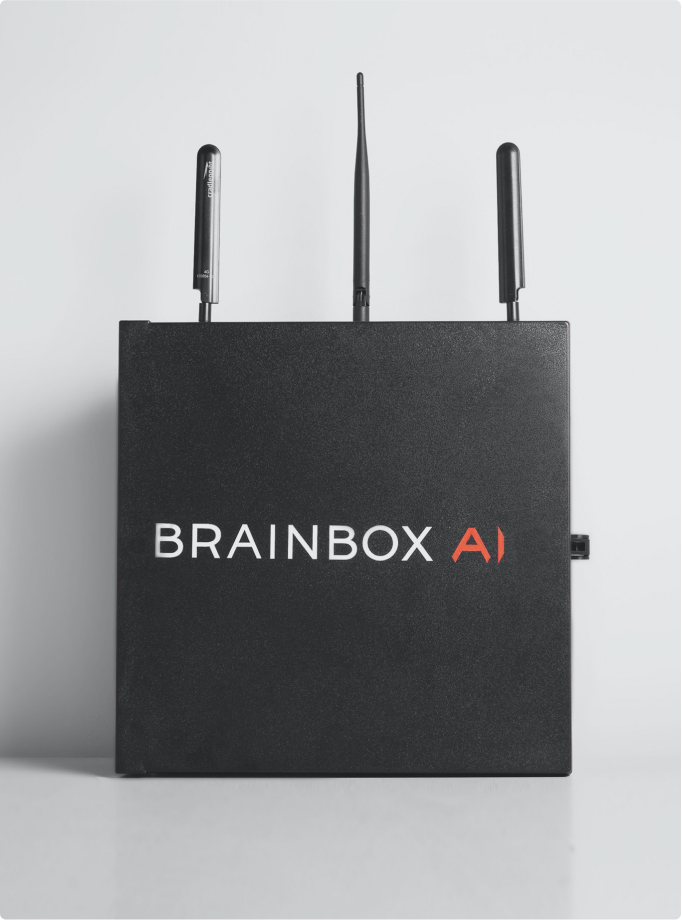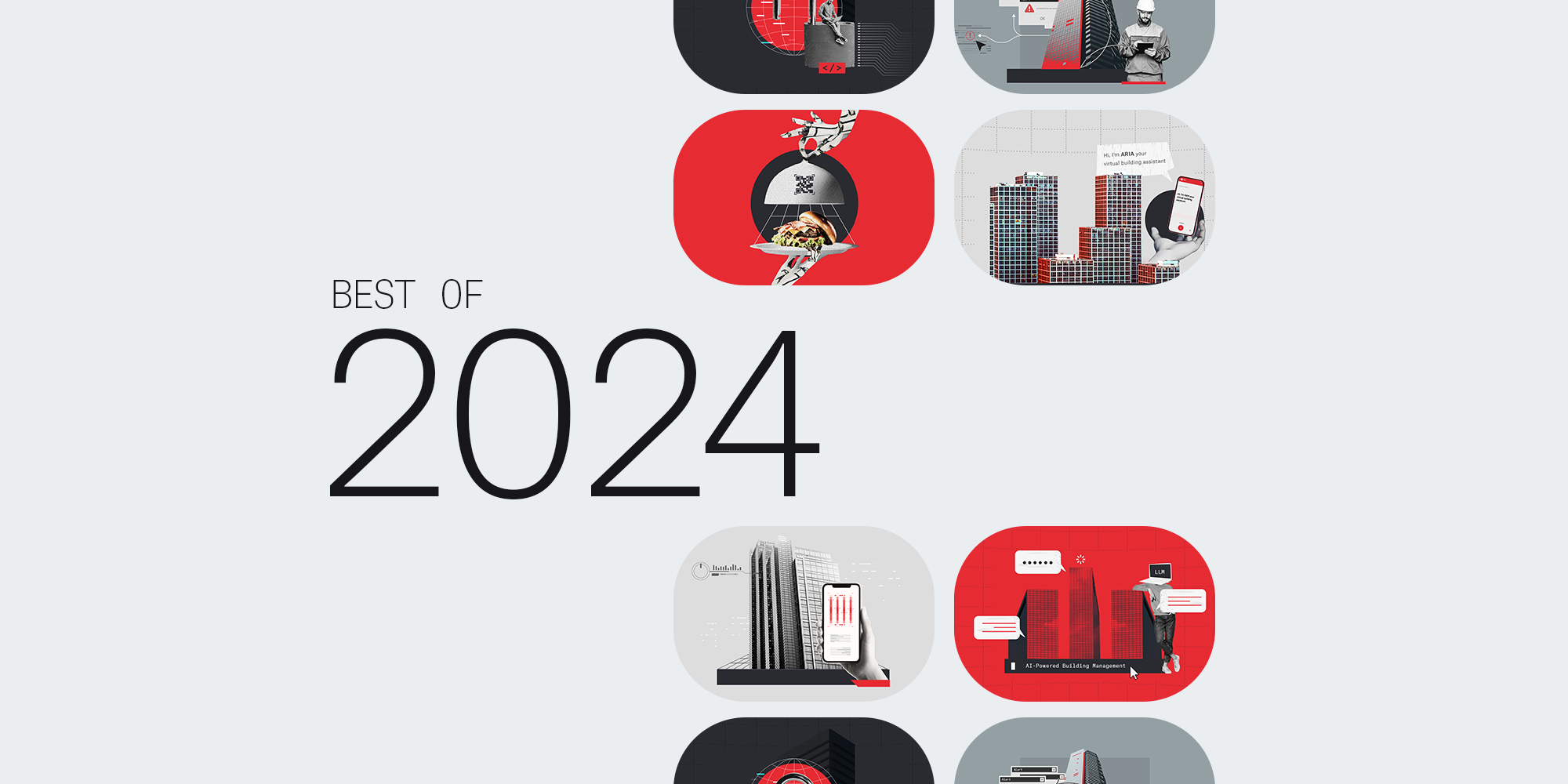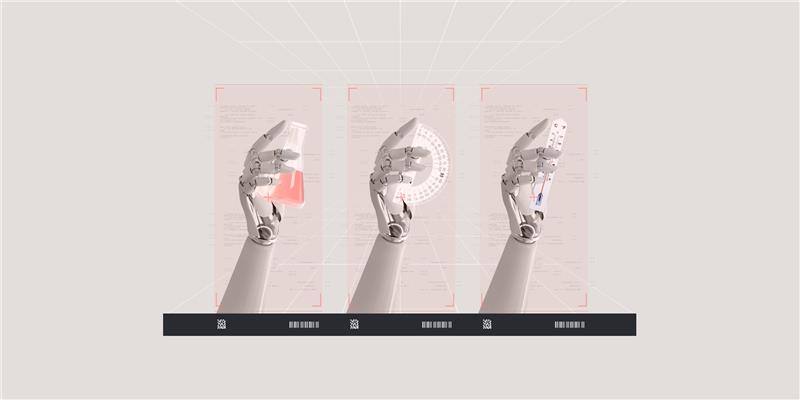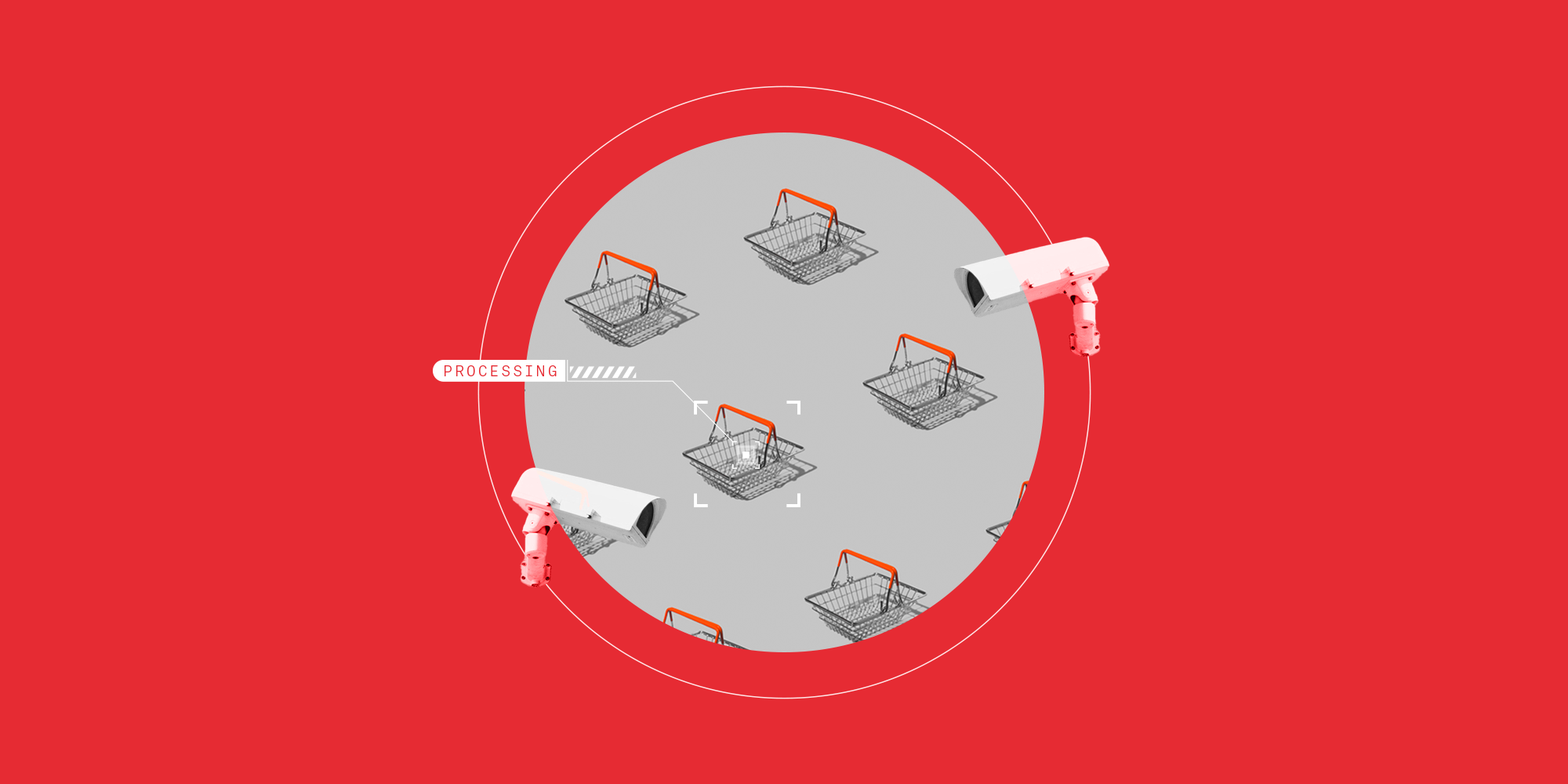Bridging the staffing gap: How AI-EMS supports understaffed FM teams
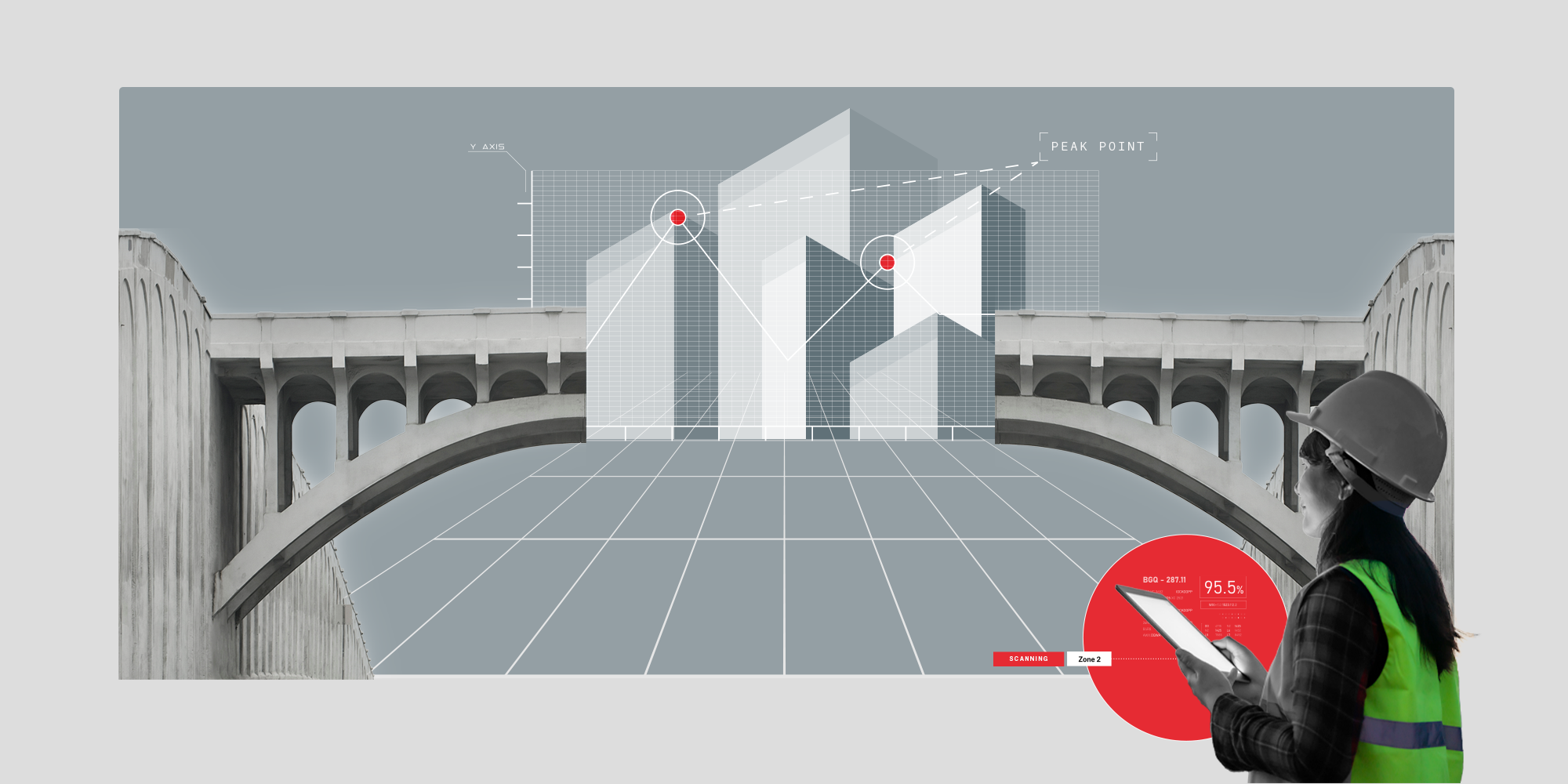
Key takeaways
- FM teams are chronically understaffed.
- AI-driven EMS can help FMs overcome staffing challenges and optimize their building operations.
- AI-EMS enhance operational efficiency and empower FM professionals to manage more effectively with fewer resources.
- Adopting AI-driven EMS is a necessary step toward sustaining and advancing FM practices.
The world of facilities management (FM) is evolving rapidly, and AI-driven Energy Management Systems (EMS) are at the forefront of this transformation. With 48.1% of FM teams finding themselves understaffed, the introduction of AI into EMS presents a pretty timely solution.
Understanding the FM Staffing Challenge
There’s a significant understaffing issue within the FM industry – and it’s not set to improve anytime soon. In fact, according to a 2023 JLL Technologies’ report, FM’s work orders increased by 61.6% between 2022 and 2023, while, in the same timeframe, 66% of FMs are halfway out the door due to layoffs and retirement. To top it off, an estimated 40% of the existing FM workforce will permanently exit the workforce by 2026.
With stats like these, it’s easy to see how FMs and their teams are increasingly challenged to do more with less, elevating stress levels and impacting the overall efficiency and efficacy of building management. Constantly treading water, these teams are struggling to keep up with the increasing demands of maintaining increasingly complex facilities, ensuring compliance with regulations, reducing energy consumption and costs, and enhancing occupant comfort and satisfaction.
AI-Driven EMS to the Rescue
Fortunately, AI is rising to the task of supporting FMs in their ever-growing number of roles and tasks. AI-driven EMS are increasingly being adopted, leveraging machine learning algorithms to analyze data from various sources, such as sensors, meters, weather forecasts, and occupancy patterns, to provide actionable insights and recommendations for optimal energy management.
One success story of a company using an AI-driven EMS to ensure smoother building operations is Sleep Country, Canada’s leading omnichannel mattress and bedding retailer. After fitting 49 of its stores with cloud-connected, AI-enabled thermostats and advanced AI for HVAC technology, the company was able to gain access to its data on an easy-to-navigate dashboard, enabling it to monitor and visualize each store’s real-time emissions, energy performance, and more. This led them to make more informed equipment and energy reduction decisions, leading to a 23% reduction in GHG emissions, a 22% average decrease in HVAC gas usage, and an 11% decrease in overall energy bills.
Achieving Efficient Operations with Limited Staff
These results aren’t unusual. AI-driven EMS are designed to autonomously optimize building operations in a fraction of the time, providing intelligent analytics to streamline an FM’s tasks, meaning that their work can be done more intelligently and accurately in less time.
Some additional benefits of AI-EMS include:
- Automated controls: AI-driven EMS can adjust the settings of building systems, such as HVAC and lighting, based on occupancy, weather, and user feedback – all without any human intervention. This reduces the need for manual adjustments and ensures accuracy, optimal comfort, and energy efficiency at all times.
- Generative AI Integration: An EMS that leverages advanced genAI technology offers dynamic solutions to complex FM challenges. That’s because this kind of technology can analyze and interpret vast amounts of data, working as an assistant to an FM by enabling them to anticipate needs, streamline processes, and make more effective decisions. In fact, the more genAI tools for building operations roll out, the more we see their potential to transform thinning FM teams into highly efficient units (even when understaffed), providing critical insights, automating routine tasks, and enhancing overall efficiency.
- Predictive maintenance: Some AI-driven EMS can monitor the performance and condition of building equipment and systems, alerting FM teams of any potential issues or failures before they become costly and disruptive. This enables FM teams to schedule preventive maintenance and avoid emergency repairs, saving time and money in the long run.
- Intelligent analytics: AI-driven EMS can provide FM teams with comprehensive, granular data and insights on energy consumption, costs, savings, and opportunities for improvement. This helps FM teams to accurately identify and prioritize the most impactful actions and strategies for energy management. It also helps them effectively measure and report their results and achievements.
Implementing AI in Your FM Strategy
As with most new things, starting out on the AI journey might seem daunting, but it doesn't have to be. Here are some practical steps to smoothly integrate AI-driven EMS into your existing operations:
- Assess your current situation: Evaluate your current energy management practices, systems, and goals, and identify the gaps and opportunities for improvement. Determine your specific needs and expectations for AI-driven EMS, and how it can align with your FM strategy and vision.
- Choose the right solution: Research and compare the different AI-driven EMS solutions available and select the one that best suits your needs and budget. Look for a solution that’s compatible with your existing infrastructure, easy to install and use, scalable and flexible, and secure and reliable.
- Test and pilot: Before rolling out your brand-new EMS across your entire portfolio, test and pilot it on a small scale, starting out with a single building or floor. Monitor and measure its performance and outcomes and solicit feedback from the users and stakeholders. Next, you can identify and resolve any issues or challenges, fine-tuning the settings and parameters of the EMS as needed.
- Scale and optimize: Once you’re satisfied with its results and benefits, you can scale it up to cover more buildings and systems. It’s also a good idea to continuously monitor and analyze the data and insights gained from your EMS, using this information to further optimize your energy management practices and policies.
Embracing the Future: AI-Driven EMS as the New Norm in FM
Although adopting any new kind of technology is daunting at first, doing so isn’t just smart, it’s the key to advancement within the industry. Indeed, despite understaffing issues, the facilities management services market is expected to grow by 7.73% and reach a total value of more than $1,323 billion by 2030. The main driving factor for this continued growth? The integration of AI.
That’s because AI is increasingly enabling teams to do more with less while enhancing overall building efficiency. AI-driven EMS can help FM teams to make more informed decisions, automate and optimize their building operations, reduce their energy consumption and costs, and improve their occupant comfort and satisfaction - enhancing the performance of individual facilities managers as well as the buildings they operate.
Discover how AI-driven EMS can transform your FM operations and address staffing challenges.

